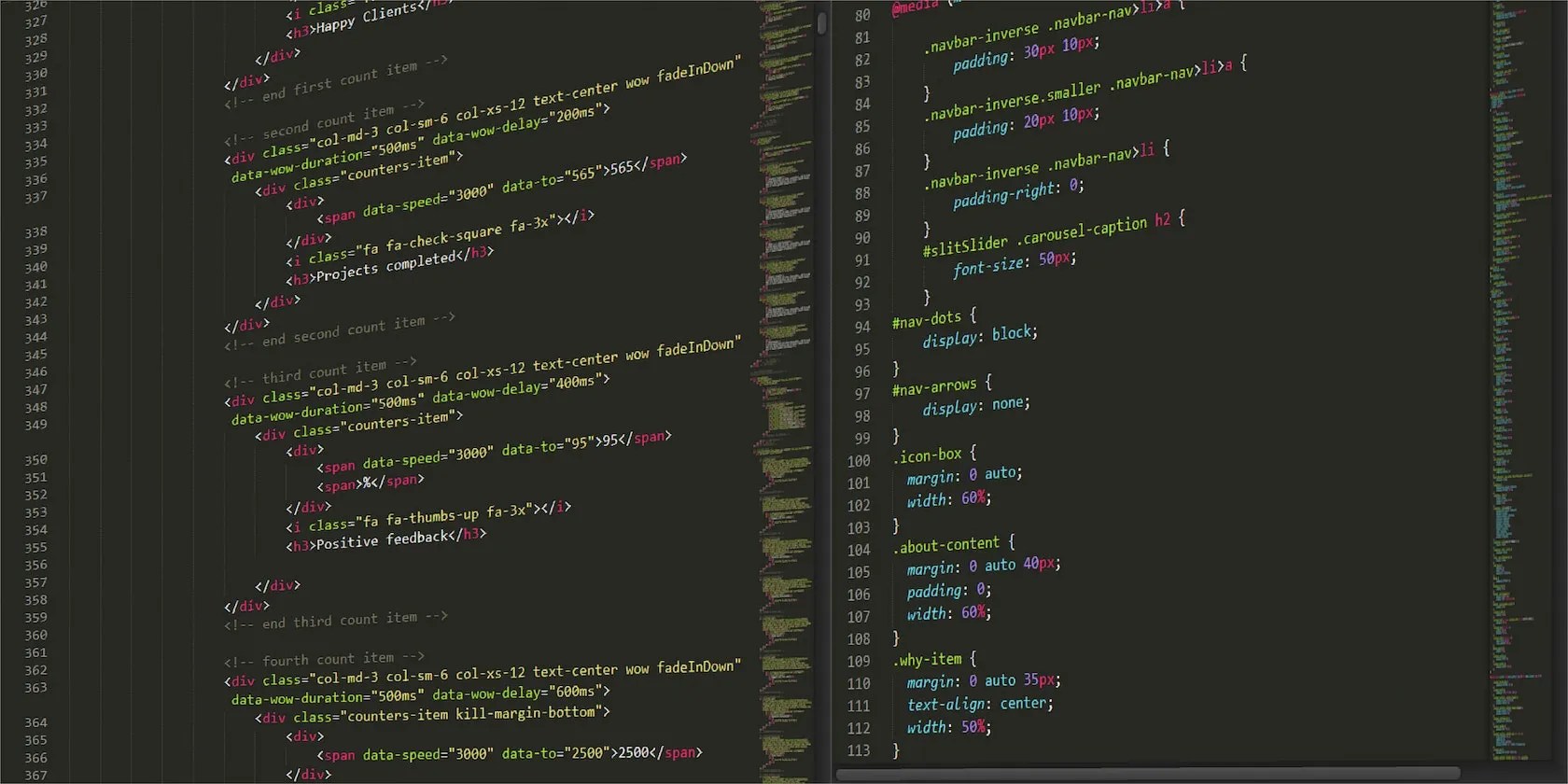How to Create Dynamic Web Pages With Jinja Templating in FastAPI
Integrating Jinja with FastAPI enables you to create dynamic web pages that seamlessly blend Python code with HTML, allowing you to separate the presentation layer of your application from the logic layer. With dynamic web pages, you can generate personalized and data-driven content, enhancing user experiences.
Sign up forfree
Forgot your password?
Create an account
*Required: 8 chars, 1 capital letter, 1 number
By continuing, you agree to thePrivacy PolicyandTerms of Use.You also agree to receive our newsletters, you can opt-out any time.

Jinja is a robust, feature-rich template engine for Python that generates dynamic web pages. Jinja Templating supports inheritance, conditional statements, loops, and various features that simplify the creation of dynamic web pages.
You can combine FastAPI and Jinja to create web pages with a consistent layout that can display real-time data and handle user input. You can also achieveseparation of concerns, making your code more maintainable and easier to understand.

Set Up a FastAPI Project
To get started, you’ll need to set up a FastAPI project.
Visithttp://localhost:8000/aboutin your browser to see the server response.

Integrating Jinja Templating
Having successfully set up your project, you can now add Jinja templating to it.
With these steps completed, you have successfully integrated Jinja Templating with your project.

Creating Dynamic Web Page With Jinja
Jinja provides a rich set of syntax and features to create dynamic templates.
In this section, you’ll see how to use Jinja templating syntax to create dynamic web pages.

Template Tags
Enclose template tags with acurly braceandpercent symbolon both sides. it’s possible to use such tags to perform control flow and logic operations in the template. Some commonly used template tags include:
These tags provide a flexible and expressive way to generate HTML content based on dynamic data and control the logic of your application.
Template Inheritance
Jinja Templating supports template inheritance. This lets you define a base (parent) template with a common layout and sections that a child template can extend or override. A child template can use theExtendtag to inherit and extend the parent template.
Create abase.htmlfile in thetemplatesdirectory with the following code.
This way, you have a parent template that contains the common code for all of your templates, allowing the child template to inherit and extend it as required.
In thetemplatesdirectory create afooter.htmlfile with the following code.
footer.htmlis an included template that contains the HTML code for the footer section. You can reuse it across multiple pages by including it in the base template using theIncludetag.
In thetemplatesdirectory create ablog.htmlfile with the following code.
This child template inherits frombase.htmlusing theExtendtag. It overrides specific blocks defined in the base template to provide customized content for the blog page. It also includes the necessary logic and iteration for displaying a post and associated comments.
Expressions
Jinja supports a wide range of expressions, including arithmetic operations, comparisons, and logical operations. For example:
Variable Substitution
To output variables in the template, enclose them within double curly braces. For example:
Filters modify the output of a variable. You can add one after a variable using the pipe symbol (|). For example:
you’re able to add inline comments and multiline comments in your templates. Jinja will ignore these comments during template rendering, so they are useful for adding explanations within a template.
To allow you to generate correct hyperlinks to other pages within the application, the Jinja template context includes aurl_forfunction. For example:
The code above becomeshttp://localhost:8000/about. You’ll also see how to use theurl_forfunction to get static file paths later on.
These are just some of the fundamental aspects of Jinja Templating syntax. Jinja Templating provides many more features and functionalities, such as macros, template context, and more, to make template creation and customization efficient and flexible.
Passing Data to Templates
Now that you have your templates ready you need to pass data from your FastAPI endpoints into the templates for rendering.
Add the following code to themain.pyfile:
The code defines a FastAPI endpoint that handles a GET request to the root URL ("/") and returns anHTMLResponsegenerated from theblog.htmltemplate. It passes a context dictionary, containing the currentrequest objectandfake_posts_db, into the template. This way Jinja can render accurate and dynamic data.
Visithttp://localhost:8000/on your browser and you should see something like this:
You’ve successfully passed data into the templates for rendering.
Serving Static Files
In addition to rendering dynamic templates, FastAPI also provides functionality for serving static files such as CSS files, JavaScript files, and images.
You’ll use CSS to improve the look and feel of the page.
In thestaticdirectory, create astyles.cssfile with the following code.
Modify theheadelement of thebase.htmltemplate as follows:
The url_for() function generates a URL (path) for thestyles.css(/static/styles.css) file in thestaticdirectory which is then served automatically by FastAPI.
Visithttp://localhost:8000/on your browser.
The same procedures apply to serving image and JavaScript files.
Remember to Follow Best Practices
When working with Jinja Templating in FastAPI, it’s important to follow certain best practices to ensure a well-organized and efficient code base.
By following these best practices, you’re able to maintain a structured project, optimize rendering performance, and efficiently leverage the features of Jinja Templating in your FastAPI applications.
Using FastAPI for Building RestAPIs
Apart from building applications that require rendering templates. FastAPI excels at building RestAPIs due to its high performance, easy-to-use syntax, automatic documentation generation, and scalability. These features make FastAPI ideal for the efficient development of robust web APIs.
Get a bare-bones, auto-documented API up and running in no time with this combination of useful tools.
One casual AI chat exposed how vulnerable I was.
These films will leave you questioning humanity, but also wanting more.
Tor spoiled me forever.
I plugged random USB devices into my phone and was pleasantly surprised by how many actually worked.
Quality apps that don’t cost anything.